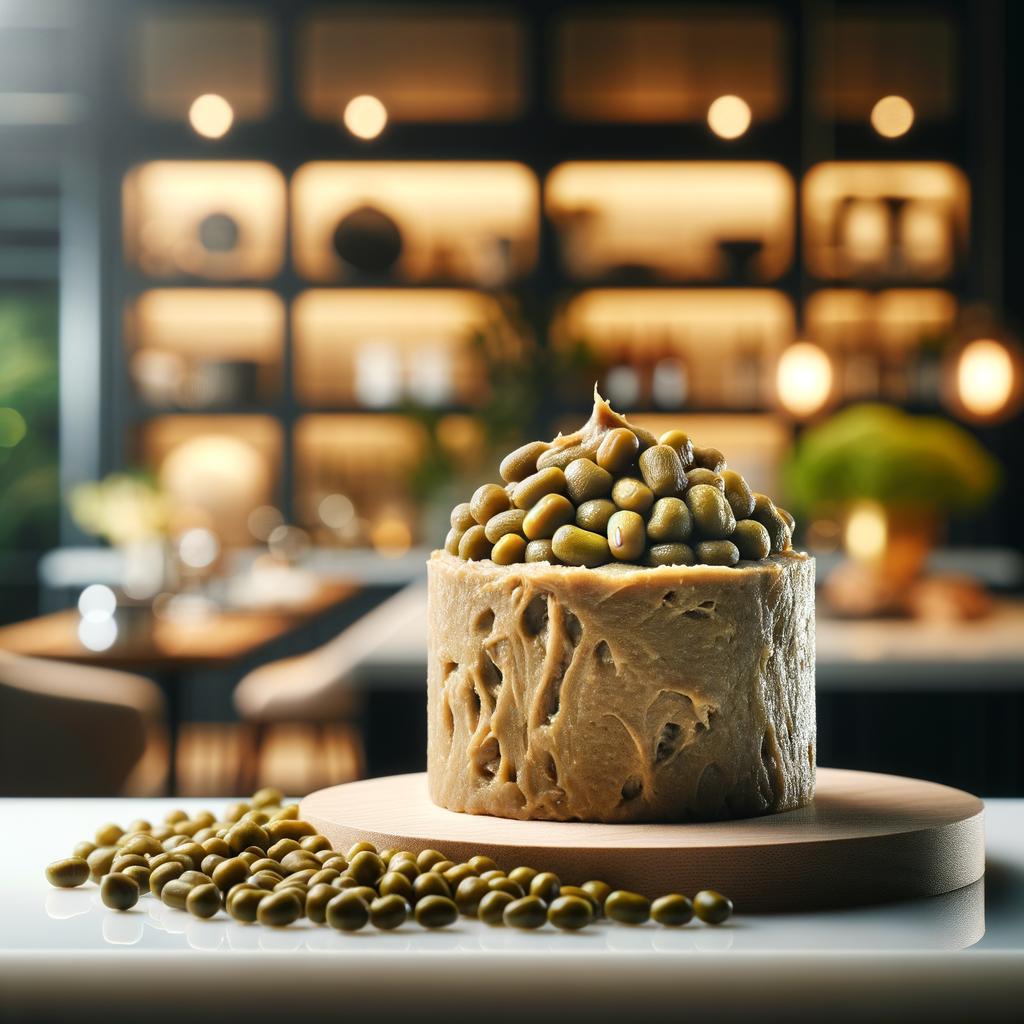Mung Bean Paste

Description
Let me introduce you to the humble yet versatile mung bean paste. At first glance, it may seem unassuming with its smooth, creamy texture and a soft green hue that whispers of spring meadows. But don't let its modest appearance fool you. This paste, made from mung beans, is a symphony of subtle sweetness and nutty undertones that can transform any dish into a culinary masterpiece. Its unique characteristic lies in its ability to take on both sweet and savory roles in a dish, a trait not common amongst other legume-based pastes.
Primary Uses
Mung bean paste is a beloved ingredient in many Asian cuisines, especially in Chinese, Korean, and Vietnamese cooking. It's a key component in sweet treats like mooncakes, Bánh đậu xanh, and chapssaltteok. In savory dishes, it's often used as a filling in dumplings or spread on pancakes. Beyond the culinary realm, mung bean paste has been used in traditional Chinese medicine for its cooling properties, helping to balance the body's heat during warm weather.
History
The mung bean's journey starts in India, where it was domesticated as early as 1500 BC. The paste made from these beans quickly became a staple in Asian cuisines, its use spreading along the Silk Road. There's a romantic tale in China about a young couple who were separated by war. The wife, missing her husband, made mooncakes filled with mung bean paste, symbolizing her longing for her husband's safe return. Over time, the use of mung bean paste has evolved, finding its way into modern desserts and fusion cuisine, yet it still holds a nostalgic charm for many.
Nutritional Information
Mung bean paste is not just a delight for the palate, but also a treasure trove of nutrition. It's rich in fiber, protein, and a variety of essential nutrients, including potassium, magnesium, and B vitamins. It's also low in fat, making it a healthier alternative to other dessert fillings. Regular consumption of mung bean paste can help regulate blood sugar levels, thanks to its high fiber content, and support heart health due to its impressive potassium content. Compared to other legume-based pastes, mung bean paste stands out for its lower calorie count and higher protein content, making it a nutritious and delicious choice for any dish.

